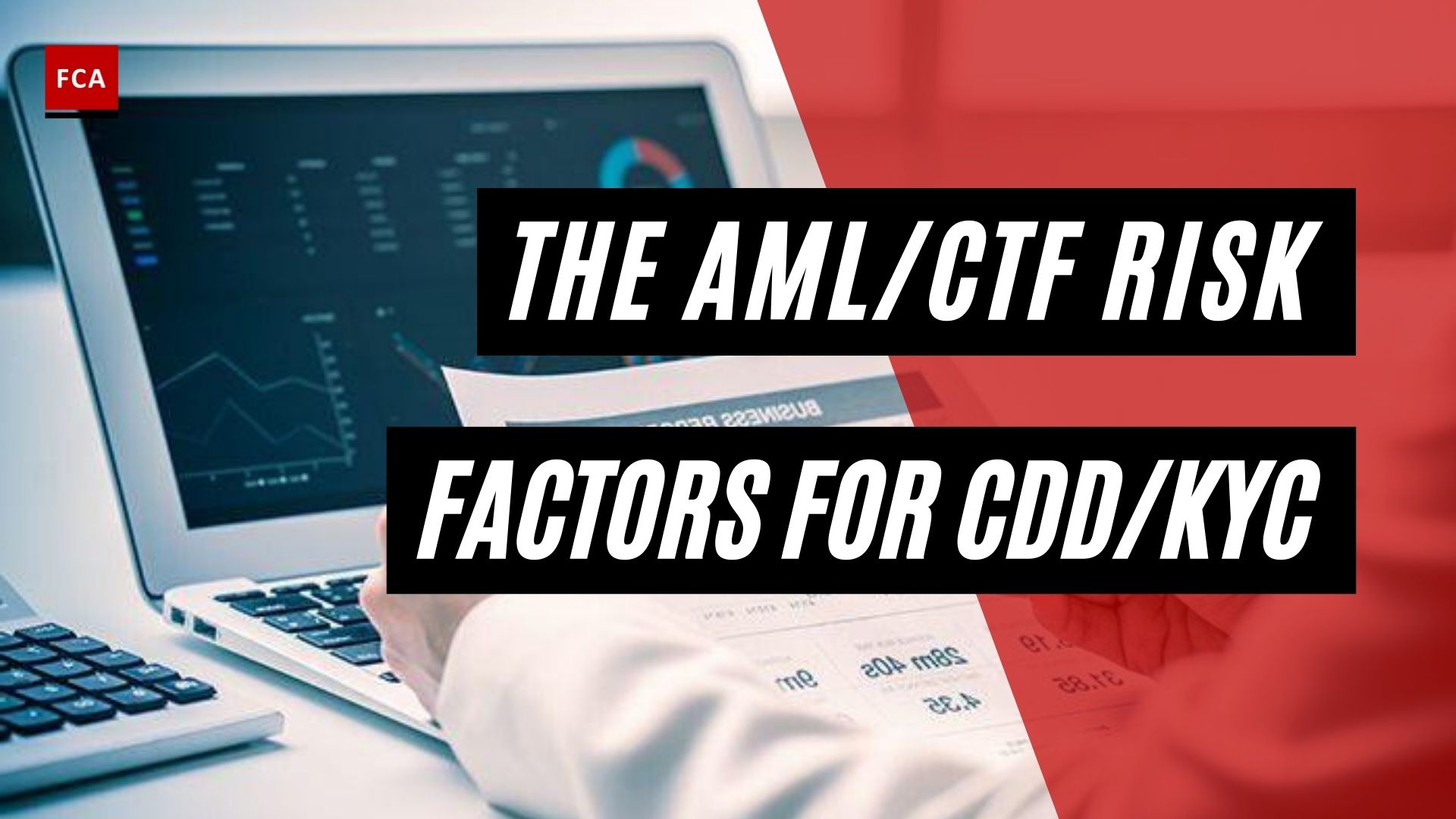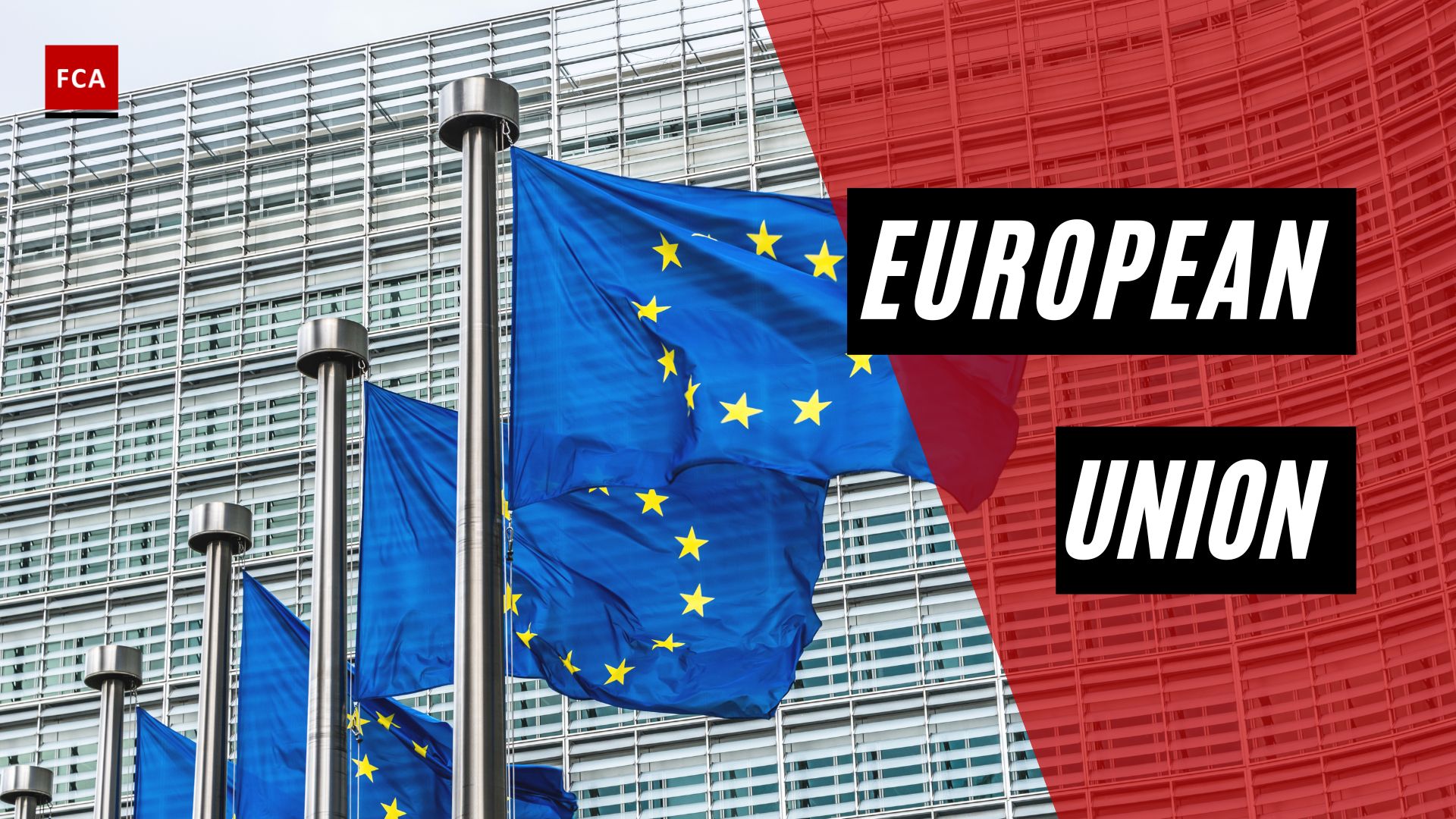This article elaborates on ‘Understanding Fictitious Beneficial Ownership: Identifying Manipulative Information’. Before onboarding consumers, it is very important to identify the genuine beneficial owner, and if the beneficial owner is discovered to be fictional, the account should not be established until the true beneficial owner is located and verified.
Before onboarding consumers, every firm must take reasonable efforts to verify the genuine, accurate, and full identification of the beneficial owners, according to AML and KYC regulatory standards.
FATF on beneficial ownership standards
The FATF Recommendations’ transparency and beneficial ownership criteria are intended at combating money laundering and terrorism funding, as well as supporting efforts to prevent other major crimes, including tax evasion. The FATF’s leadership role in setting beneficial ownership standards was mirrored by global leaders’ actions, such as the G20 Leaders’ pledge to apply the FATF rules on beneficial ownership.

Importance of identifying the beneficial owner
Understanding who has ultimate authority over a client is a crucial aspect of the entire KYC process, as it aids in the detection, disruption, and prevention of money laundering and terrorist funding threats and occurrences. The identification of an actual beneficial owner is a critical criterion to safeguard the organization from being used for other types of illegal conduct.
Misleading information
Customers are required to abstain from knowingly or recklessly providing misleading information about the beneficial ownership and beneficial owners. Customers must not deliver or cause to be delivered, for any purpose, any misleading information, or make a wrong or false statement regarding the beneficial ownership, and control.
Verifying information given by the customers
Organizations must identify the true beneficial owners and assess the money laundering/terrorism financing risks that they pose. An understanding of the statements and information provided by the customers must be corroborated with available information to check the correctness of the beneficial ownership information. There is a risk that customers may disclose fictitious beneficial owners; therefore, detailed scrutiny, including relevant questions, obtaining relevant information, and verification from reliable sources, are all part of the due diligence and ongoing monitoring.
Organizations’ obligations around beneficial owners
The organizations must understand that a beneficial owner is an individual who ultimately owns or controls an entity or the customer, such as a company, trust, or partnership; therefore, the obligations around beneficial owners include:Determining who the customers’ beneficial owners are, Assessing the level of money laundering/terrorism financing risk your customers’ beneficial owners, Posing to your business or organization, verifying the identity of your customers’ beneficial owners, and keeping records of how you identified each beneficial owner and verified their identity.
Final Thoughts
Before accepting new customers, it is critical to identify the true beneficial owner, and if the beneficial owner is discovered to be false or fictional, the account should not be created until the true beneficial owner is located and/or verified.









